
Find out how much it costs to refinish your porcelain sink and the factors that influence the final price to make it look like new, including size, type, and labor.
Soak it all in—explore the case for freestanding tubs


Freestanding bathtubs make a bold design statement and are easier to install than other types of bathtubs.
Built-in tubs are better for small spaces and shower combos.
Freestanding tubs cost more and may require reinforced floors to support the extra weight.
Freestanding tubs offer flexible placement, but they lack storage and can be more difficult to clean.
Before you daydream too long about sinking into a sculptural soaking tub or clawfoot beauty, it’s worth weighing the practical pros and cons of freestanding bathtubs. Freestanding tubs look amazing, but they don’t always play nice with bathroom space, existing home plumbing, or your wallet. Let’s break down the need-to-know details so you can choose the best bathtub for your bathroom.
When you compare freestanding bathtubs versus built-in tubs, it’s easy to see the difference. A freestanding bathtub is a stand-alone tub that doesn’t connect to walls or built-in tub enclosures. Instead, each side is finished, so you can place them away from walls as a design focal point. They also come in various styles—like clawfoot, pedestal, or slipper—and are available in cast iron, stone, acrylic, and other materials.
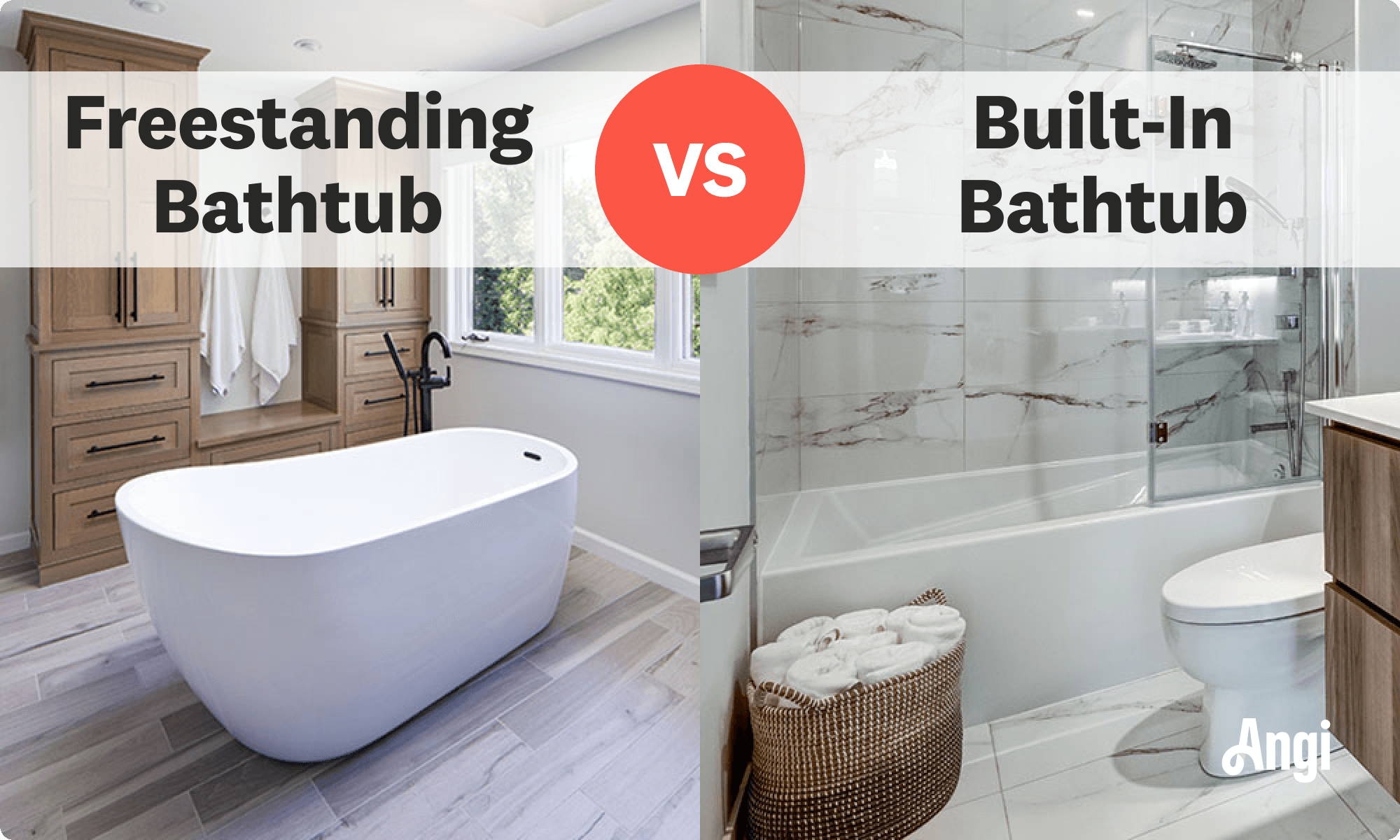
Many luxury bathroom renovations feature freestanding bathtubs because of their dramatic looks and spa-like feel. However, freestanding tubs are a bit more complex to install and maintain functionally than built-in models. A bathtub pro can help you select the best setup for your bathroom and install it.
| Pros of Freestanding Bathtubs | Cons of Freestanding Bathtubs |
|---|---|
| Beautiful and design-forward | Higher cost |
| Easy to install with the right plumbing | Heavier than they look |
| Flexible placement options | No storage |
| Various shapes and styles | Limited compatibility with showers |
| Spa-like vibes at home | Cleaning around the tub can be challenging |
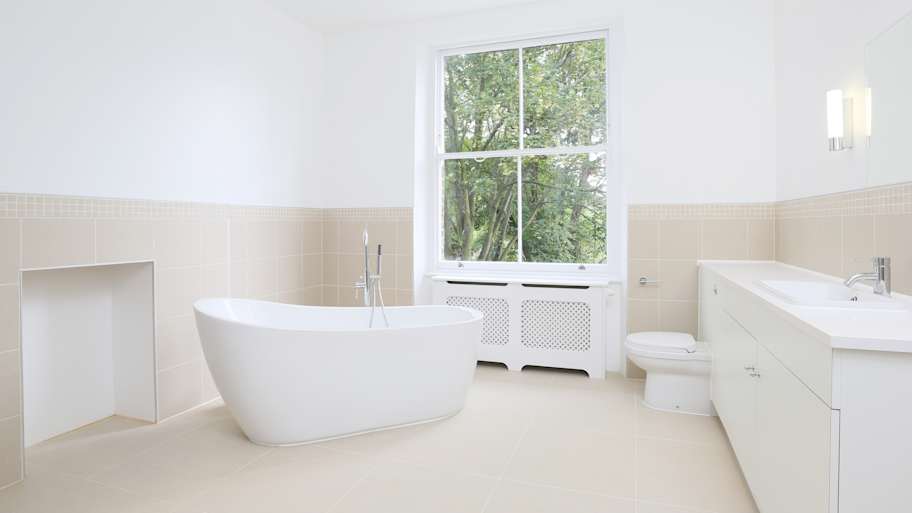
It’s not a secret or surprise that freestanding tubs are the darling of the bathroom design world. At their best, they’re visually stunning, simple to install, and give designers and DIYers flexibility.
Whether you’re looking for a tub with a modern silhouette or vintage curves, a freestanding tub can elevate a bathroom’s look from purely functional to magazine-worthy. They act as a design centerpiece and add a sense of luxury and spa-like relaxation. Pair them with custom tile work for an even splashier installation.
Another convenient thing about freestanding tubs is that they don’t require tile surrounds, built-in platforms, or custom framing. This flexibility simplifies bathtub installation—especially if existing plumbing is in the right place. A plumber can hook up your new tub and get it working without leaks.
Because they don’t need to be mounted against a wall, freestanding tubs are free to go almost anywhere—under a window, beside a fireplace, or in the center of the room. This makes room for creative layout options and showstopping bathroom visuals.
Keep in mind, though, that you’ll need plumbing to hook up your freestanding tub where you want it. If your bathroom doesn’t already have plumbing where you want to set your tub, you’ll need to hire a pro to install new lines.
Freestanding tubs come in an impressive range of materials, sizes, shapes, and more, so you won’t run out of design options when planning your bathroom. From modern slipper tubs to ornate clawfoot cast-iron styles, you can find a shape and material that perfectly matches your needs and aesthetics.
Taking a bath in a freestanding tub can feel like stepping into your personal spa. Whether you have a wet room bathroom or traditional bath, freestanding bathtubs are designed for deep, relaxing soaking—an experience that adds a little indulgence to your everyday routine.
While freestanding tubs have advantages, there’s a price to pay for all that style and flexibility. Here are some of the cons of these tubs.
Freestanding tubs are more expensive than built-in tubs, both in terms of materials and installation. If you need to move plumbing lines or reinforce the floor, you’ll have significantly higher installation costs.
Some freestanding bathtub materials—like cast iron and stone—can weigh over 300 pounds before adding water. When full, they may push your floor to its limit. For this reason, many installations require structural reinforcement of the floor before you place the tub and fill it with water.
Built-in tubs have options for ledges or shelves, but freestanding tubs don’t. The farther they are from walls, the harder it is to find space for bathing essentials. To keep needed items close, you’ll need to get creative with bathroom storage ideas, like rolling caddies, tub trays, or wall-mounted options.
If you prefer daily showers and only have room for a tub-shower combo, a freestanding tub may not be the best choice—no matter how stylish it looks. Adding a shower to a freestanding tub isn’t ideal, as curtain rods and ceiling-mounted showerheads can look awkward and allow more water to splash out.
A built-in shower-tub combo is your best bet for a dual shower-bath setup. However, if your space and budget allow, consider pairing a separate freestanding tub with a walk-in shower instead.
Freestanding tubs can be tough to clean around, particularly if you choose a clawfoot tub or other model with space underneath. These designs allow dust and debris to collect, and if there’s a tight gap between the tub and nearby walls, cleaning tight corners can become quite a challenge.

If freestanding options aren’t your style or aren’t right for your space, there are other types of bathtubs that can be more budget-friendly, space-efficient, and practical for daily use.
Alcove Tubs: Tucked between three walls, alcove tubs are the most common and space-efficient bathtubs. They’re ideal for small bathrooms and double as a shower, making them perfect for busy households.
Drop-In Tubs: These tubs fit snugly into a framed platform or custom-built deck, allowing for personalized finishes and more surface space. They’re great for creating a high-end look that includes more integrated storage.
Corner Bathtubs: Corner tubs are designed to tuck into a bathroom corner, saving space without sacrificing convenience. That makes them a smart choice for oddly shaped or compact rooms.
Undermount Bathtubs: Similar to drop-in bathtubs, undermount tubs sit under a deck that overlaps the tub edge. This gives them a seamless appearance and a clean, modern aesthetic. You’ll commonly see these tubs in contemporary or high-end bathrooms.
| Alternative Bathtub Types | What to Know |
|---|---|
| Alcove | Saves space with tub-and-shower combos |
| Drop-in | Integrates storage and personalized customizations |
| Corner | Tucks into corners for soaking in bathrooms with limited space |
| Undermount | Offers a seamless, modern look for high-end aesthetics |
Unlike built-in tubs that are boxed in by walls, freestanding models can go almost anywhere. However, they aren’t the right fit for every homeowner. Instead, they’re best suited for large spaces, spa-inspired layouts, and people who love relaxing soaks.
Before you make a choice, remember that freestanding tubs come with trade-offs, like being more expensive and harder to clean around and lacking built-in storage. They also don’t pair as well with showers, so they’re less practical for everyday use—especially in homes with just one full bathroom.
A built-in tub might be a better choice for you if your bathroom is small or you need a shower-tub combo. Likewise, if you have mobility, cost, and convenience concerns, explore other options that fit those needs, like an alcove or walk-in tub. If you’re still unsure of which option is best for your home, a local bathtub installer can evaluate your space, plumbing, and priorities.
From average costs to expert advice, get all the answers you need to get your job done.

Find out how much it costs to refinish your porcelain sink and the factors that influence the final price to make it look like new, including size, type, and labor.

Bathtub refinishing costs are relatively inexpensive and can make your bathroom look like new. Our guide gives you the information to learn more about this process.

Is bathtub refinishing worth it? Yes, it can breathe fresh life into your bathroom by making your tub look brand new. It can also save you hundreds of dollars.
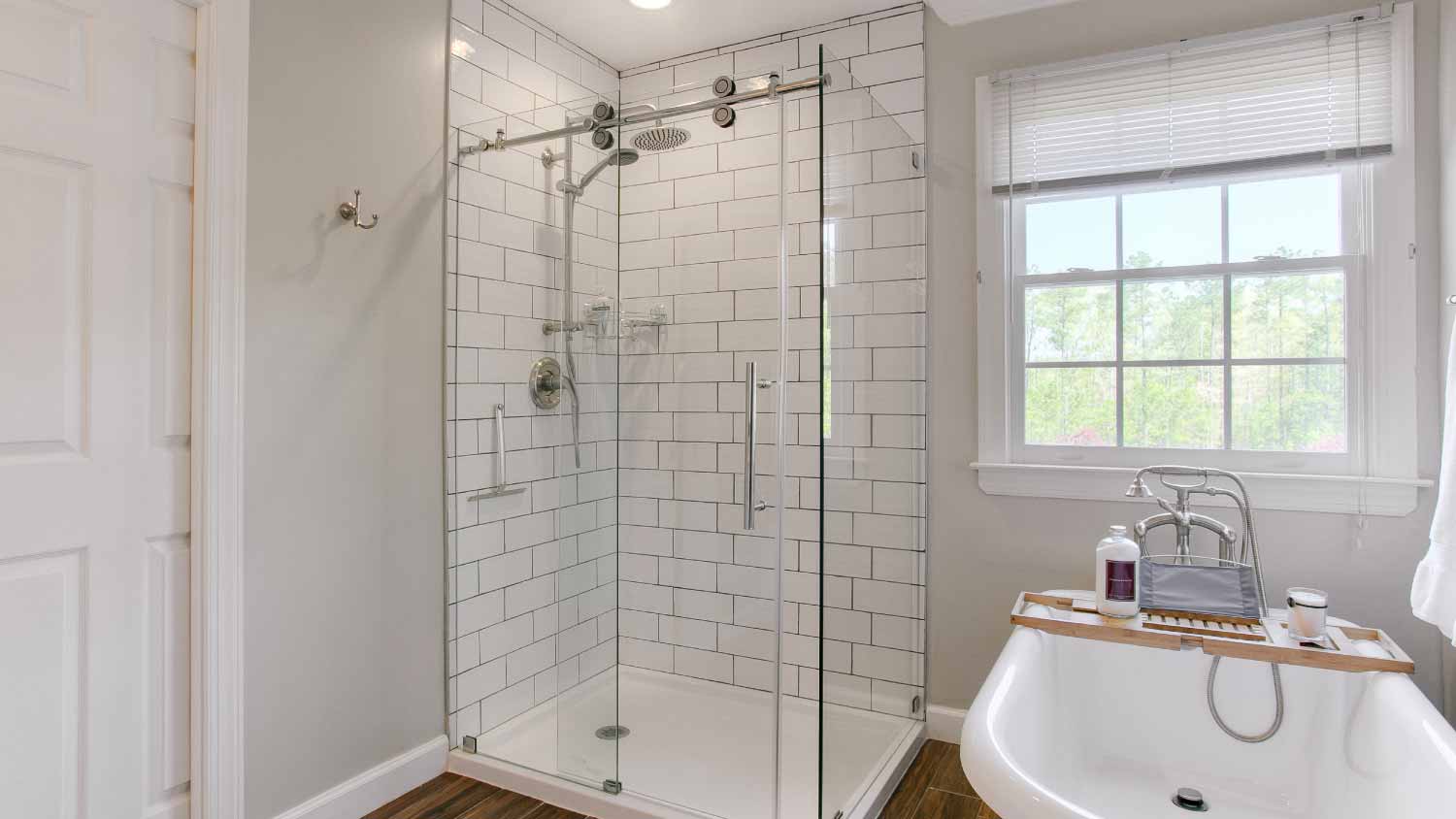
If you’re installing or replacing your shower doors, you’ll be working with a glass installation pro. Here are the most common shower door questions for this project.
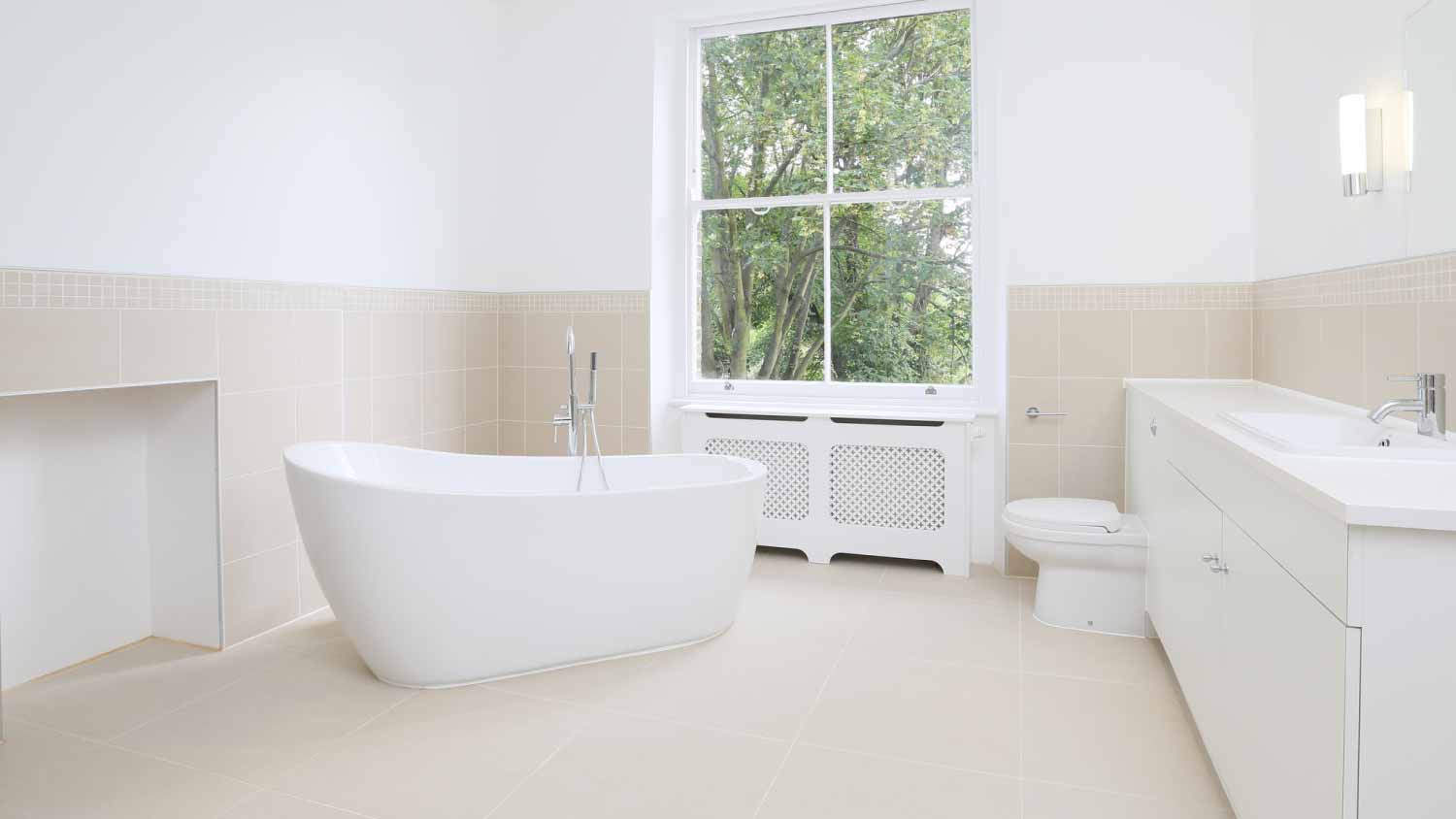
If you're looking for an economical way to spruce up your bath or kitchen, here are the bathtub refinishing questions you should be asking a contractor.
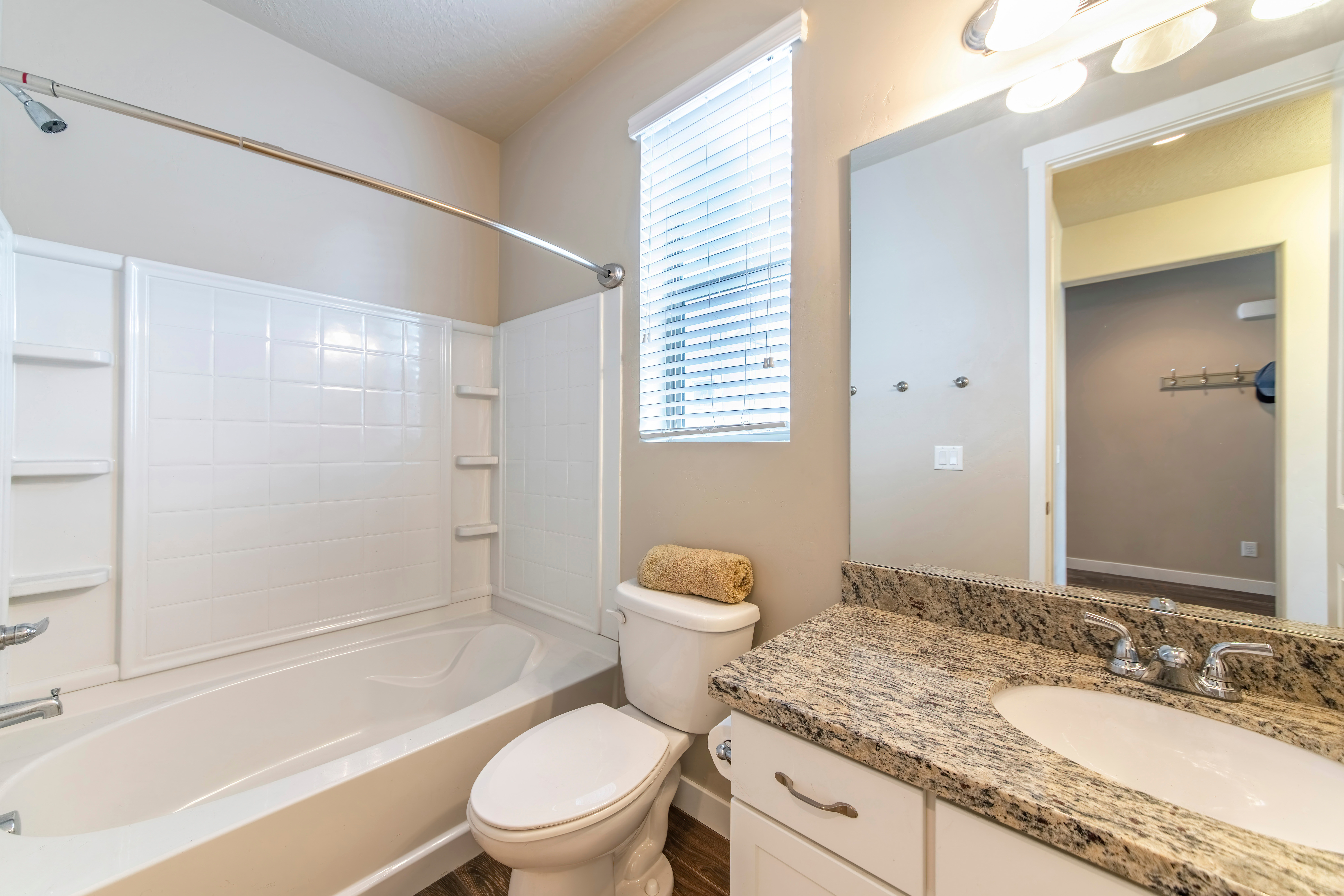
Acrylic bathtubs are a common go-to, but are they right for your bathroom remodel? This guide breaks down the pros and cons of acrylic tubs.